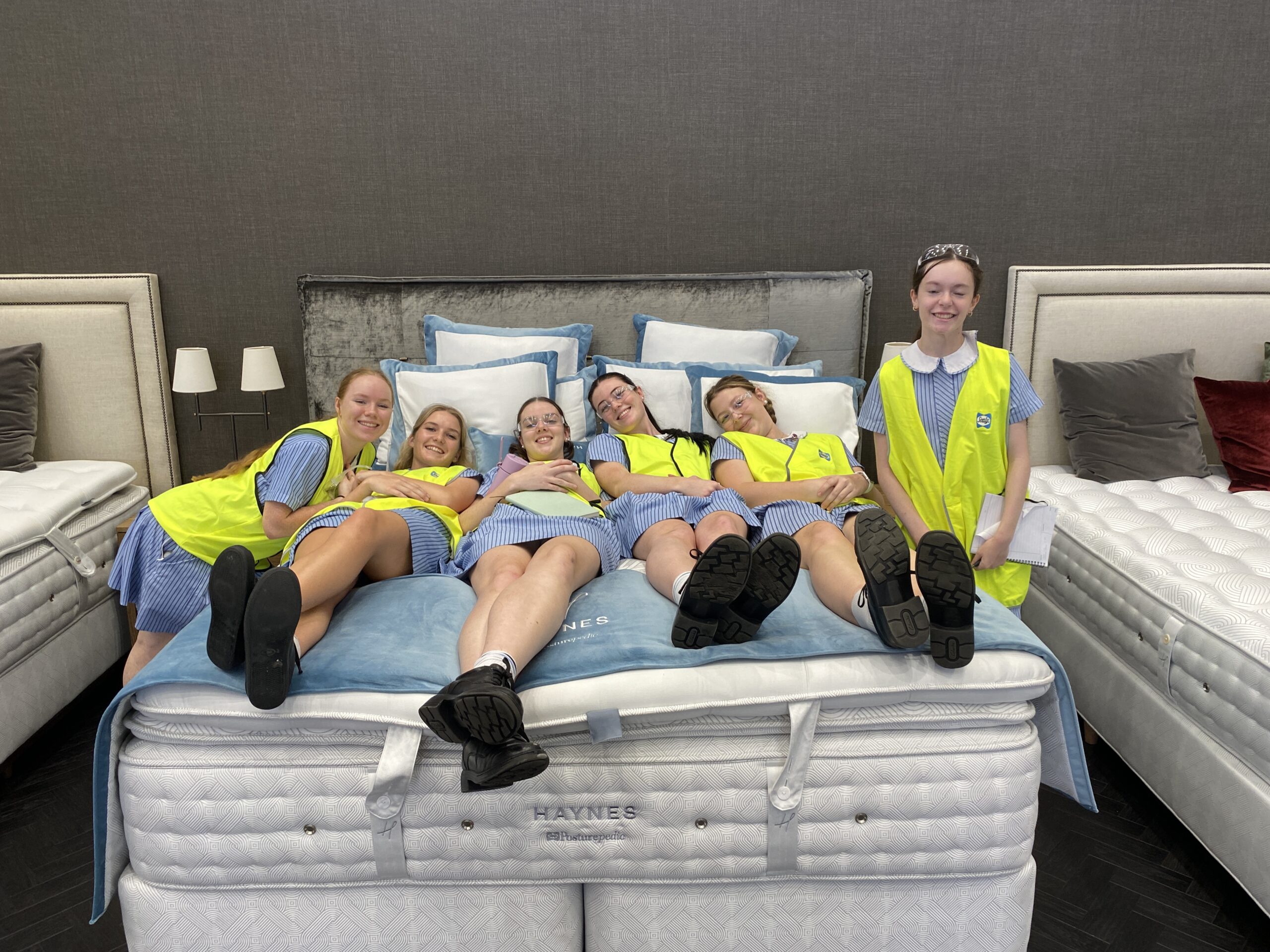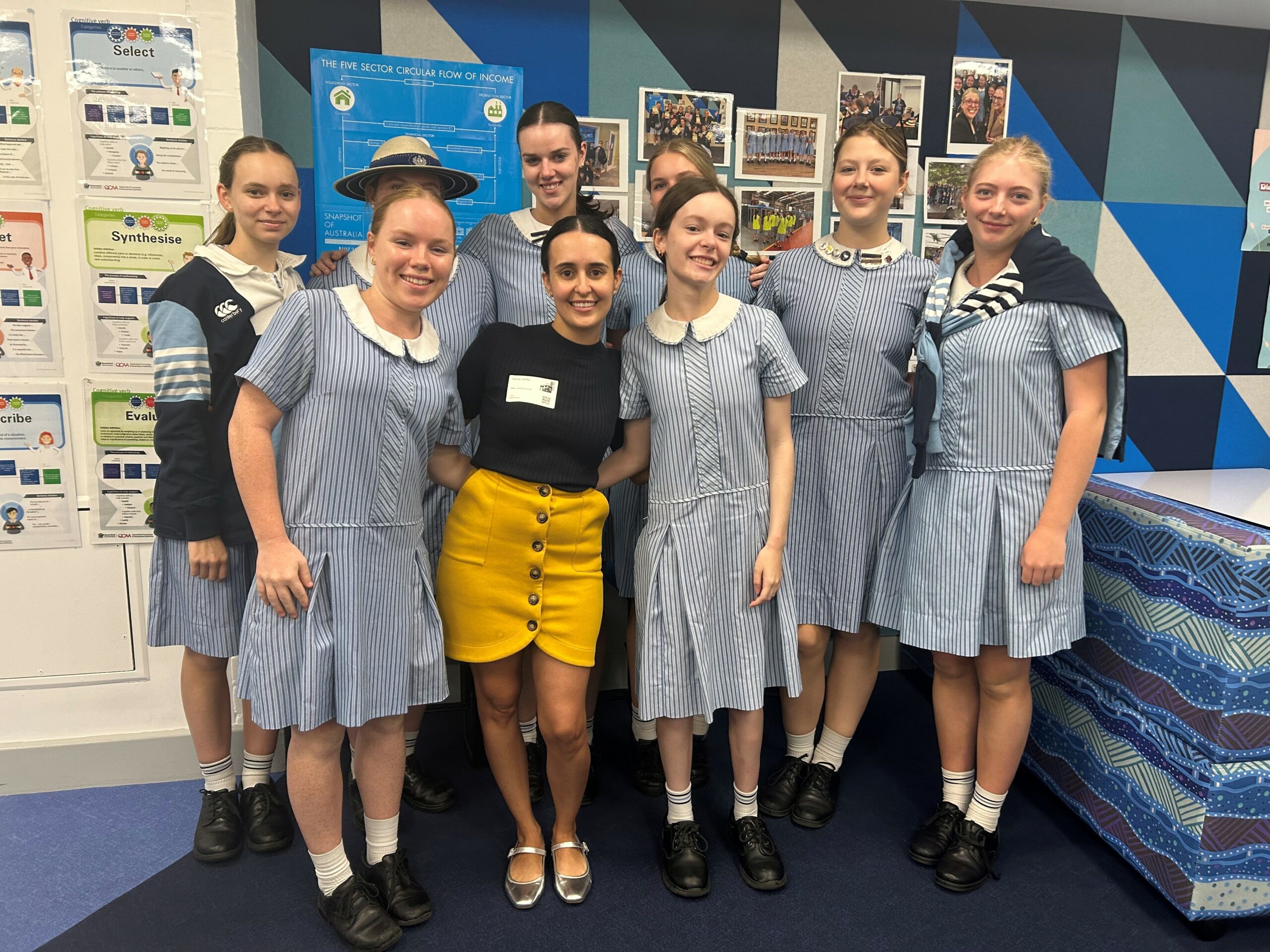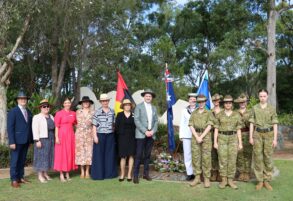Business Bites

12 Business – engaging in Unit 3 Topic 2 – Strategic Planning
Year 12 Business students have enjoyed a productive and successful Term 1, completing Unit 3 Topic 2 on Strategic Planning, submitting IA2 assessment meaning they have now completed 50% of their summative assessment and engaging in rich learning experiences including a recent field trip to Sealy as reported by one of our year 12 Business students and an alum guest speaker.
Field Trip to Sealy
Our trip to Sealy for our business excursion was a real eye-opener into how they make their mattresses. We first explored how their springs were made and how different types of springs changed the comfort/style of the mattress itself. Then, we got to tour their second factory, where their mattresses were made using the springs we previously saw being manufactured. This also included different fabrics and pieces of foam being built into the mattress. We even got to lounge on an $18,000 mattress, which, I have to say, was like sleeping on a cloud. What I found the most interesting was the Research and Development department, where they would test multiple fabrics, springs etc, to find the products with the highest quality. They even had a machine that would make a mattress age 10 years! This experience was very insightful, and I hope to one day own that $18,000 mattress. By Sophie Horswill


Guest Speaker
In Week 5 we were fortunate to have Stuartholme alum, Sisha Heffer, visit to speak to us about marketing and share valuable insights into its different types of marketing in a real-world context from her experience. One of the many helpful pieces of information Sisha shared with us was on brand marketing – the process of growing a relationship between a brand and its customers. It involves the customer’s perception of a brand and trying to get the brand message out and known. Sisha shared that an effective way to do this is through member marketing, which is the idea of keeping customers loyal to the business. In her words, “it’s easier to keep a customer than acquire a new one” which aligns with our study of the “80/20” rule known as the Pareto Principle.











